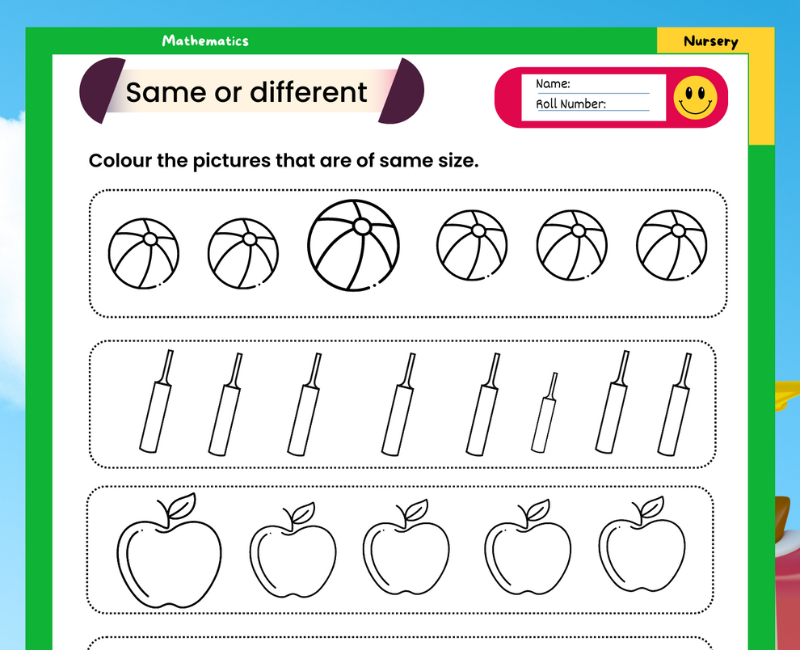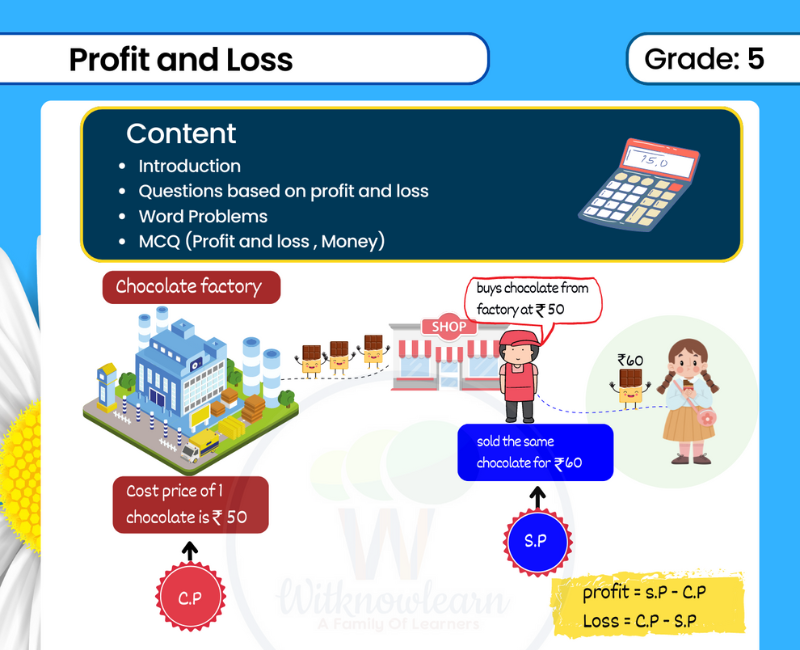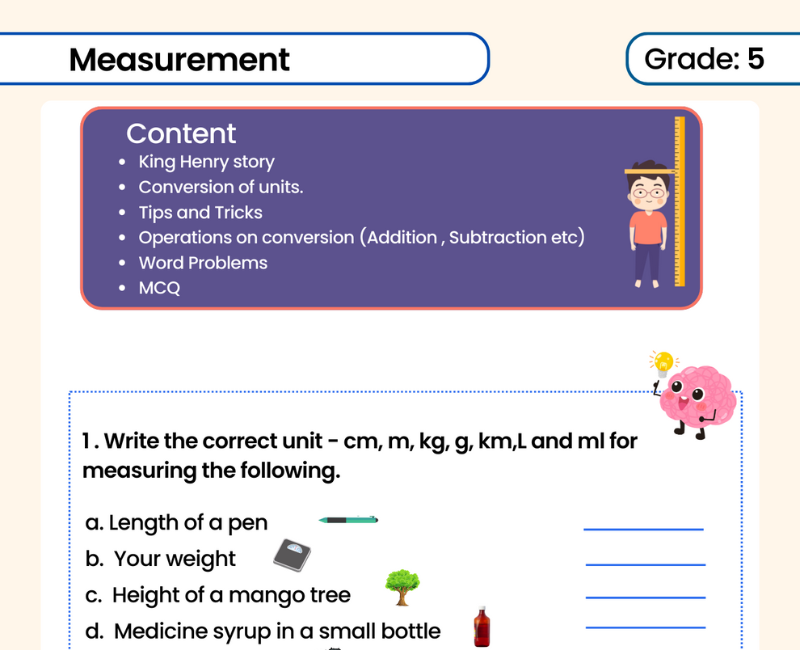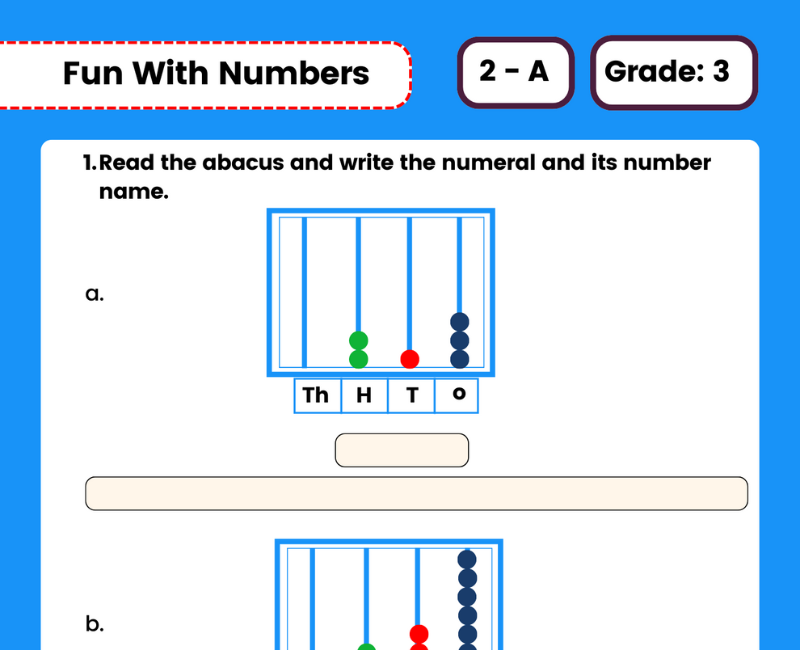Colouring Shapes worksheets for Nursery
Discover the world of geometry early with our unique Shapes Worksheet for Nursery! This interactive tool is carefully crafted to engage young minds in the fun learning of basic shapes. Through vivid, colorful illustrations and engaging exercises, children in the nursery stage can identify, understand, and draw various shapes. Our Shapes Worksheet for Nursery makes learning an enjoyable adventure, fostering foundational skills that benefit future academic success. Watch your little ones master the art of recognizing and naming shapes, enhancing their cognitive skills and imagination. Don't miss out on this key step in your child's educational journey.
worksheet of maths for nursery class
Explore the magical world of numbers with our innovative Worksheet of Maths for Nursery Class! Designed to spark curiosity and foster a love for numbers, our worksheet introduces young learners to basic math concepts in an enjoyable and accessible manner. Our engaging activities help children understand counting, addition, and subtraction while honing their problem-solving skills. The Worksheet of Maths for Nursery Class is not only educational but also filled with fun exercises that make learning a delight. With our resource, you can ensure your child's foundational understanding of mathematics, setting them up for academic success. Start your child's maths journey today!
Unlock the exciting world of numbers and art with our carefully designed resources, including the Worksheet of Maths for Nursery Class and a wide array of Shapes for Coloring. Our innovative products are created to spark curiosity, foster learning, and provide an engaging Colouring Activity for young minds.
Our Worksheet of Maths for Nursery Class focuses on introducing basic math concepts in a fun, engaging manner. We understand that early learning sets the foundation for future academic success, which is why our worksheets are designed to make the process enjoyable. The interactive activities help children understand counting, addition, and subtraction, all while developing critical thinking and problem-solving skills.
In addition to math, we offer a fascinating journey into the world of shapes and colors. Our Shapes for Colouring resources provide an artistic twist to learning. From circles and squares to triangles and rectangles, our Colouring Shapes worksheets bring the world of geometry to life.
Shape Colouring is not just an artistic activity; it's also a crucial part of cognitive development. Recognizing and coloring different shapes help children enhance their fine motor skills and visual spatial understanding. Our Shapes Coloring worksheets are perfect tools for this developmental stage.
We also offer Worksheets with Shapes for Kindergarten, providing age-appropriate, skill-based learning. These resources extend learning beyond the nursery, ensuring a seamless transition to kindergarten.
Our Shapes Worksheet for Nursery is specifically designed for younger learners, helping them identify and understand different shapes. These Nursery Shapes Worksheets come with engaging illustrations and activities that make learning an absolute joy.
The Shapes Colouring Worksheet is another star product in our collection, encouraging creativity while reinforcing shape recognition. Our Colouring in Shapes Worksheets are ideal tools to make learning interactive and exciting.
Don't miss out on our Shapes Coloring Worksheet, designed to combine learning with fun-filled coloring activities. We have a variety of Shapes Coloring Pages that cater to different learning stages. These educational resources are available in various formats, including Shapes Coloring Pages PDF for easy printing and use.
The Colouring Activity Worksheet is an amalgamation of learning and creativity, providing an excellent platform for children to learn, create, and have fun all at once. Our Worksheet on Shapes for Preschool is another essential learning tool that introduces children to the world of shapes in an engaging way.
Our Shapes and Color Worksheet provides a perfect combination of learning about shapes and colors, encouraging children to recognize and name different shapes and colors. The Shapes Activities for Nursery also include a variety of fun, interactive exercises that make learning an unforgettable experience.
In conclusion, our wide range of educational resources, including the Worksheet of Maths for Nursery Class, Shapes for Coloring, and Shapes Coloring Pages, offer a holistic learning experience for young learners. Our products are designed to provide enjoyable and interactive learning experiences, setting a strong foundation for future academic success. Dive into the exciting world of numbers and shapes with our innovative resources today!





